Gallery: Invisible Wireless Networks Revealed with Brilliant Lights
Mapping the Invisible

The "Digital Ethereal" project, by Luis Hernan, a Ph.D. student at Newcastle University in the United Kingdom, used tricks of photography to map wireless networks with colorful beams of light.
These networks, normally invisible to the human eye, are transformed into stunning swirls of color in a series of photographs. [Read the full story]
Hotspot
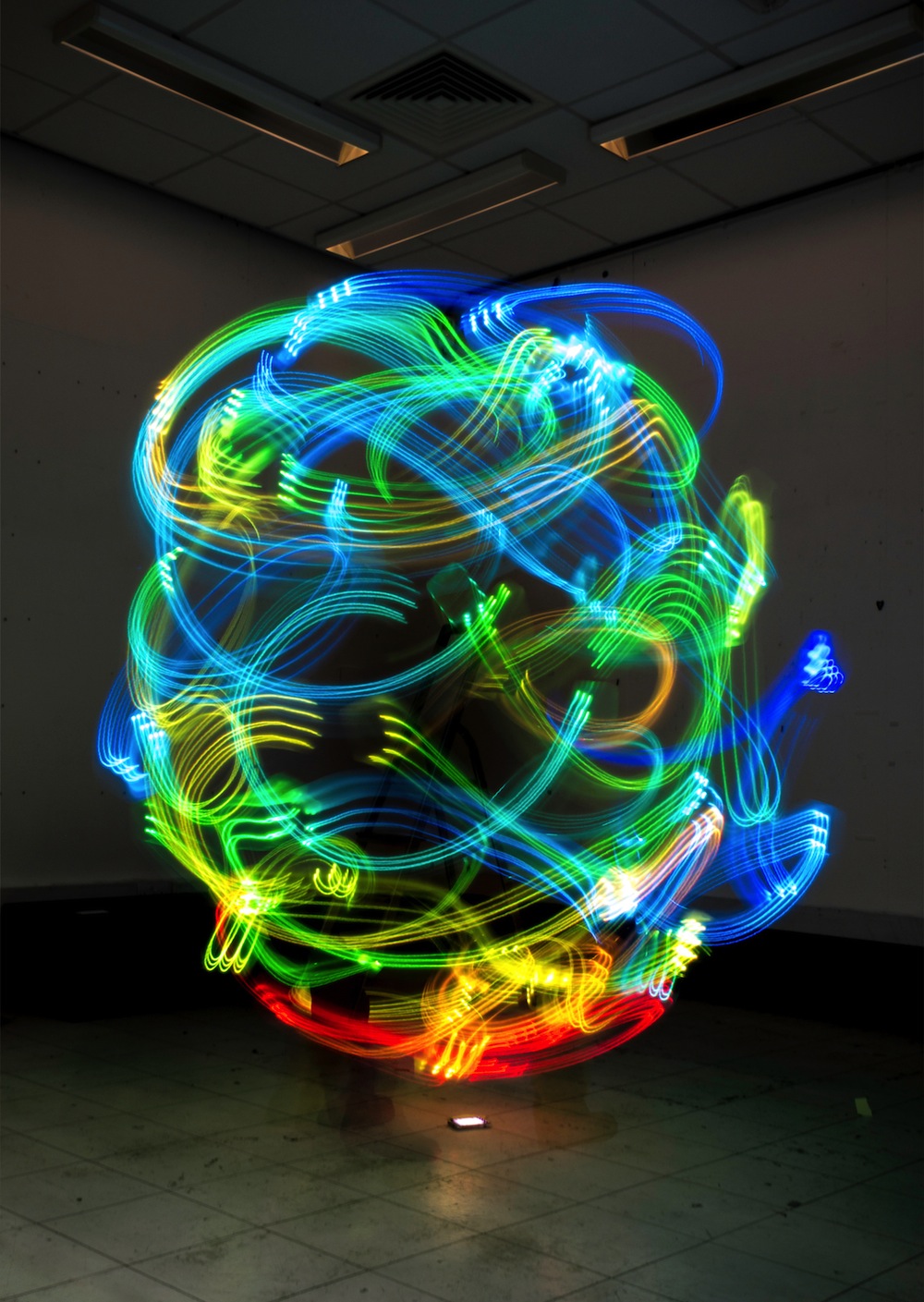
With the help of an instrument called the Kirlian Device, Luis Hernan, a Ph.D. student in architecture and interaction design at Newcastle University in the United Kingdom, found a way to capture wireless networks with vibrant lights, creating fascinating, ghostly images.
Swirling Up the Stairs
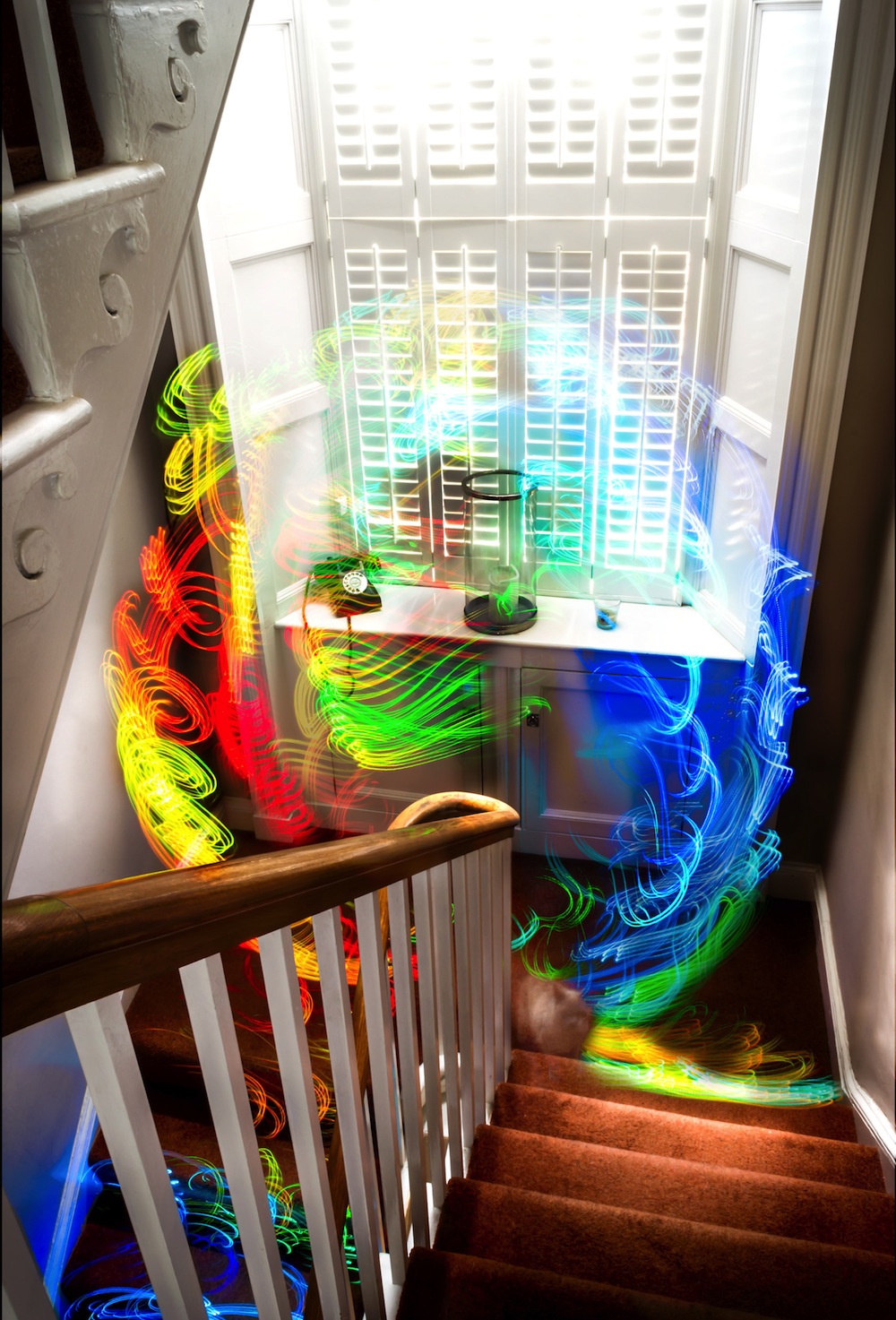
"Through these colors you can see how the wireless network is behaving," Hernan said.
All Lit Up

"The idea is that the colors allow you to see the differences in signal strength," Hernan said. "The greater signal strength normally comes as a red and weaker strength comes as a blue."
Signal Strength
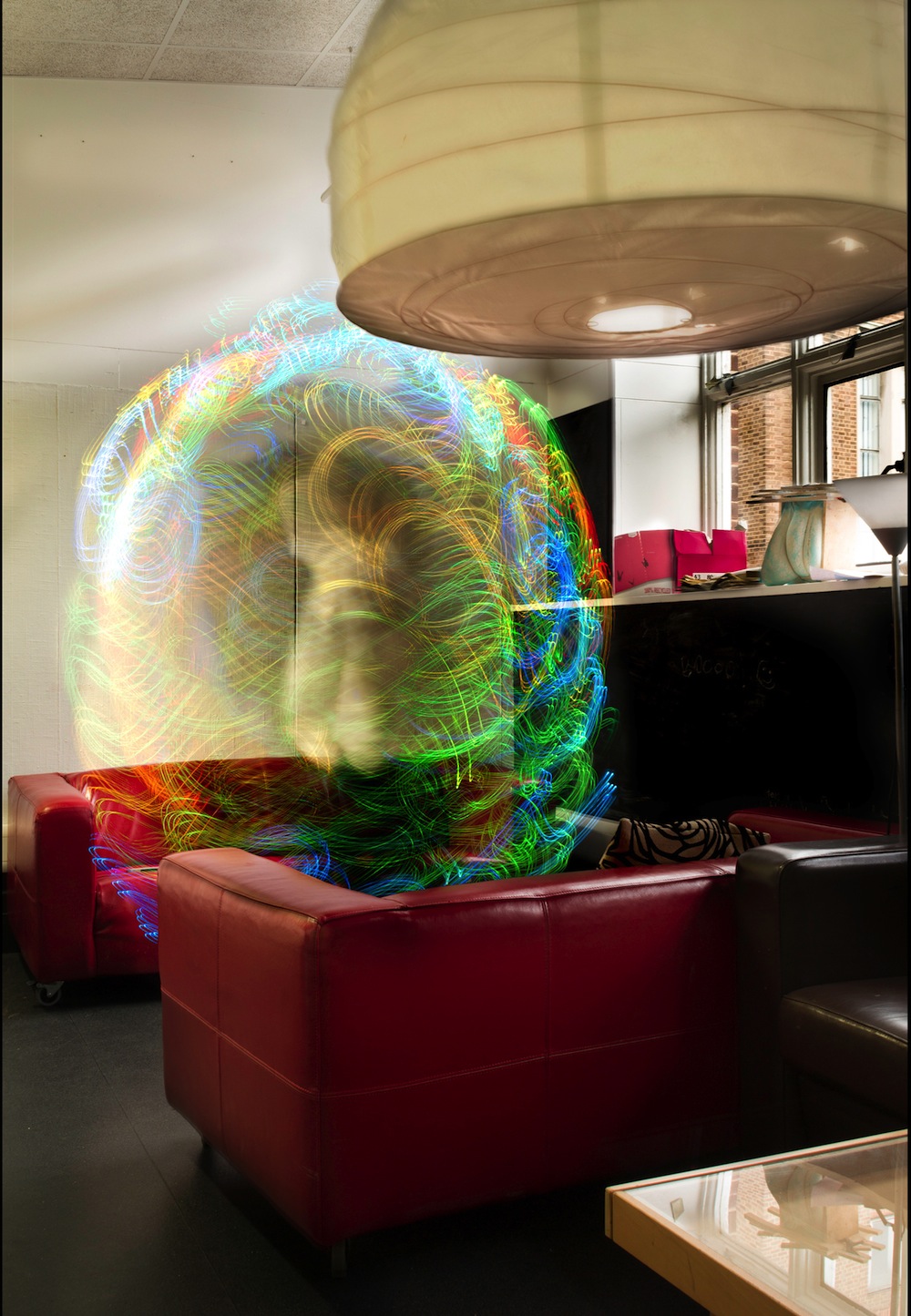
Hernan has also developed a free Kirlian Device Mobile Android app, which users can download to capture their own images of wireless networks.
Art Exhibit
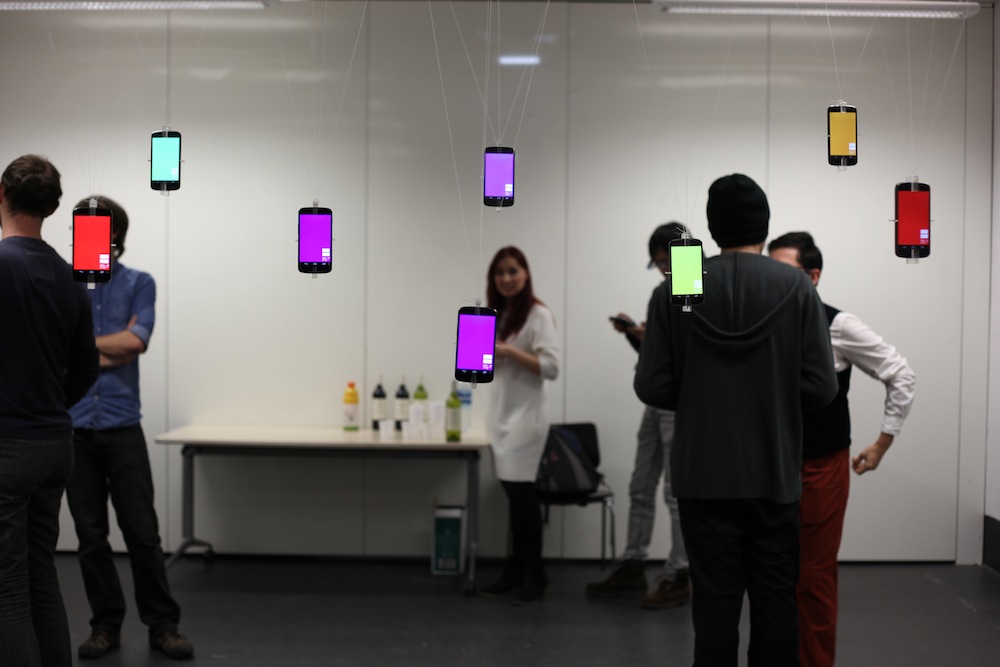
Some of Hernan's photographs of wireless networks were showcased in an exhibit at Newcastle University, called "The Secret Body of Wireless," which also featured an installation made from Android phones hanging from the ceiling and running a modified version of the Kirlian device Android app.
Bright Path
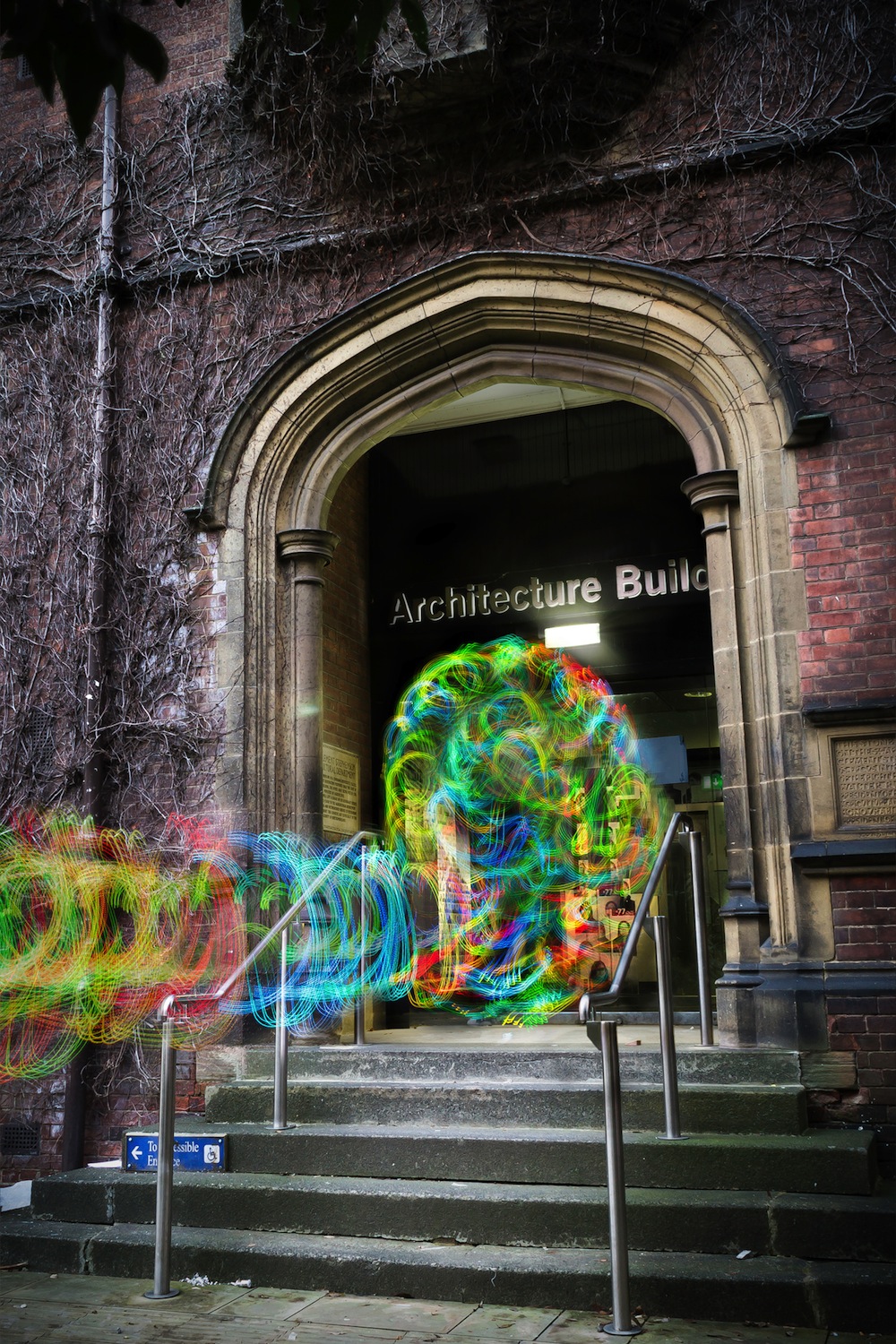
"My main motivation [to develop the wireless network-capturing technique] at the beginning was understanding how these technologies started changing the way that we live, and especially changing the way that we see space and we understand architectural space in a way," Hernan said.
Get the world’s most fascinating discoveries delivered straight to your inbox.


